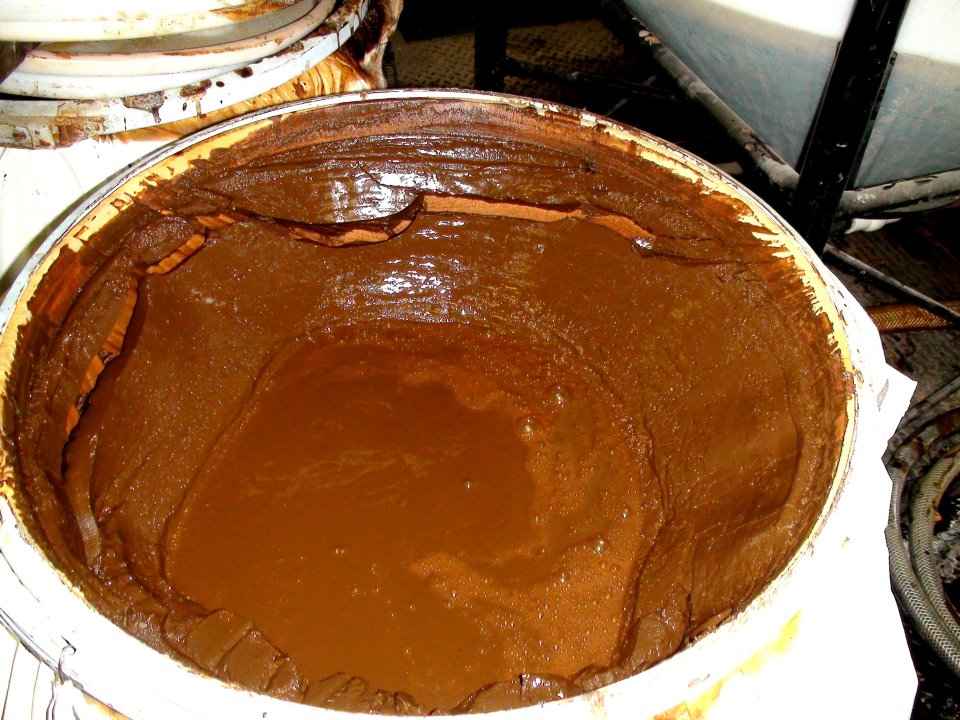Products
Organic-acid Fertilizer Stream
For every 2.2 tons input of wood chips (based on pine sawdust), the process produces one ton of cellulose, 0.42 tons of lignin and 0.78 tons of sweet liquor. After fermentation the sweet liquor is converted to 0.25 tons of protein or can be used in the production of cellulosic ethanol and other products.
Pure Lignin Environmental Technology
Tons of wood chips
Cellulose
Lignin
sweet liquor
Cellulose
Excellent performance in fertilization and soil-enhancement applications. Can also be used as dust suppressant for roads with benefits to surrounding flora.
- PLET cellulose retains the sugars
- PLET cellulose has higher brightness without bleaching
- PLET cellulose has good fibre strength/length utilzing waste/sawdust
The Proprietary Biomass Pre-treatment Process used in PLET’s Cellulose production allows a plant to utilize several different types of Bio-fibre and the Pre-treatment Process can be adjusted to produce different desired results for end product use.
We also have the previously unheard of flexibility to create high-quality cellulose without the necessity of purchasing wood chips of specific size and thickness.
PLET’s Dilute-Acid-Process creates high quality Cellulose using sawdust or other significantly less expensive smaller wood chips, including trees killed by pine beetles. Besides capitalizing on waste materials, this technology allows the industry to look to quicker and less expensive renewable resources for raw material. Sugarcane, hemp, wheat or other grains can now be used to create quality cellulose thus reducing the industry’s reliance on trees.
The process can also be adjusted to control Cellulose/Lignin content in the end product for different market applications such as packaging, tissue paper, and additives.
PLET’s Cellulose yields more Ethanol: A Master’s Thesis Report done at the Boras University in Sweden shows PLET’s Cellulose yields more Ethanol compared to others:
http://bada.hb.se/handle/2320/10263
The Cellulose tests have proven a wide variety of plant material will produce quality cellulose.
Lignin
Lignin offers a significant opportunity for enhancing the operation of a ligno-cellulosic bio-refinery. It is an extremely abundant raw material, contributing as much as 30% of the weight and 40% of the energy content of ligno-cellulosic biomass. Lignin’s native structure suggests that it could play a central role as a new chemical feedstock, particularly in the formation of supra-molecular materials and aromatic chemicals.The DOE recently completed a study that suggests 1.3 billion tons of biomass is available annually in the United States. This amount of biomass could potentially produce 130 billion gallons of liquid transportation fuels (ethanol, mixed alcohols, green gasoline, bio-diesel and green diesel). Significant new technology developments are needed to maximize production and capture the resources. Interestingly, the same resource is sufficient in size to supply virtually all of the raw materials now required for the chemical industry. (Exert from: Top Value-Added Chemicals from Biomass Volume II—Results of Screening for Potential Candidates from Bio-refinery Lignin: Pacific Northwest National Laboratory, University of Tennessee, National Renewable Energy Laboratory).
Pure Lignin Environmental Technology Ltd. has patented “The significant new technology needed to maximize production and capture [these] resources”. The physical and chemical properties of Lignin differ depending on the extraction method. The Lignin produced in PLET’s Patented Process has the advantage of unique properties due to our Proprietary “Weak Acid Pre-treatment Solution”.
Lignin is a natural amorphous polymer. It acts as the ‘glue’ that gives plants their structural integrity. Of the three major natural polymers that make up ordinary plants—cellulose, lignin and hemicellulose—lignin is the second most abundant and the only biomass constituent based on aromatic units.
Lignins are derived from an abundant and renewable resource: trees, plants, and agricultural crops. Because lignins are very complex natural polymers with many random couplings, the exact chemical structure is not well known. Lignin is nontoxic and an extremely versatile product for use in industrial and food processing industries. Currently, Lignin is produced mainly as a byproduct of the paper industry, separated from trees by a chemical pulping process.
An article released by the U.S. National Center for Environmental Research states that the U.S. produces some 26 million tons of lignin each year but as to the quality they find that: ”Despite the judicious schemes devised for fractionating and derivatizing the lignin preparations employed, the optimum lignin contents in these polymeric materials have typically fallen in a range of 25 to 40%.” Even in this low grade form, Lignin is a highly consumed product with a large number of uses. Other research suggests that because Lignin has the capacity to produce hydrocarbons, it is likely to become a crude oil substitute. With further research these are real new opportunities.
The value of Lignin per ton is normally twice that of pulp even in such low quality. Test results to date have shown that as a by-product of making cellulose, the Company’s NCRP plant produces an 83% pure lignin. With a simple washing process the lignin can reach a purity level between 95% and 99%.
PLET will become a major international supplier of lignin.
Some current lignin uses:
Cement and concrete, animal feed pellets, animal feed molasses additives, road binder/dust control, pesticides, oil well drilling muds, adhesives, resins and binders, wallboard, dispersants, emulsifiers and wetting agents, agglomerants, chelants, leather treatment, anti-bacterial activity, lead acid batteries, oil recovery, water treatment, industrial cleaners, emulsion stabilizers, carbon black, inks and azo pigments, dyestuffs, micronutrients, fertilizers bricks, refractories and ceramic additives, ore processing, and kitty litter.
Lignin as a Binder
Lignosulfonates are a very effective and economical adhesive, acting as a binding agent or “glue” in pellets or compressed materials. Lignosulfonates used on unpaved roads reduce environmental concerns from airborne dust particles and stabilize the road surface. This binding ability makes it a useful component of:
- Biodegradable plastic
- Coal briquettes
- Plywood & particle board
- Ceramics
- Animal feed pellets
- Carbon black
- Fiberglass insulation
- Fertilizers and herbicides linoleum paste
- Dust suppressants
- Soil stabilizers
- Lignin as a dispersant
Lignosulfonate prevents the clumping and settling of undissolved particles in suspensions. By attaching to the particle surface, it keeps the particle from being attracted to other particles and reduces the amount of water needed to use the product effectively. The dispersing property makes lignosulfonate useful in:
- Cement mixes
- Leather tanning
- Clay and ceramics
- Concrete admixtures
- Dyes and pigments
- Gypsum board
- Oil drilling muds
- Pesticides and insecticides
- Lignin as an emulsifier
Lignosulfonate stabilizes emulsions of immiscible liquids, such as oil and water, making them highly resistant to breaking. Lignosulfonates are at work as emulsifiers in:
- Asphalt emulsions
- Pesticides
- Pigments and dyes
- Wax emulsions
- Lignin as a sequestrant
Lignosulfonates can tie up metal ions, preventing them from reacting with other compounds and becoming insoluble. Metal ions sequestered with lignosulfonates stay dissolved in solution, keeping them available to plants and preventing scaly deposits in water systems. As a result, they are used in:
- Micro-nutrient systems
- Cleaning compounds
- Water treatments for boilers and cooling systems

